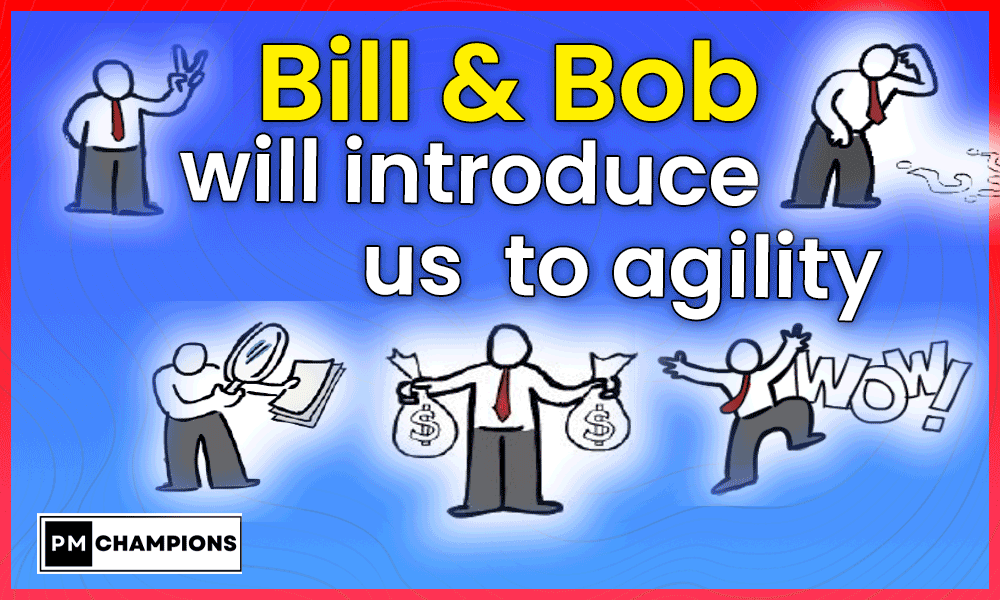
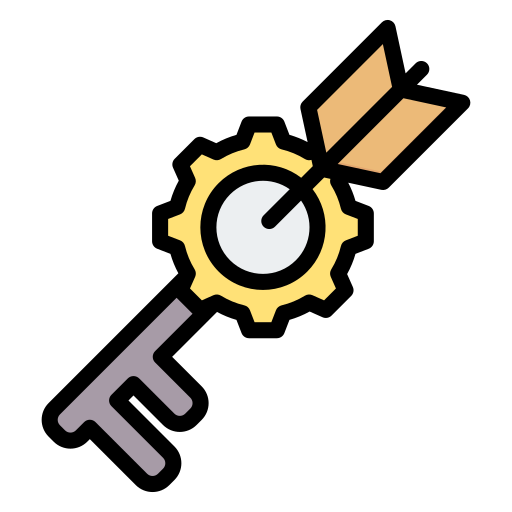
Key Points
Bill and Bob share a captivating story. Bill, who is committed to traditional methods, represents a conservative, while Bob plays a modernist, always looking for experimentation and new approaches. The renowned video game company, Namco, calls on the joint expertise of these two individuals. Explore agility by delving into Bill and Bob’s story to understand how each approached this project.
Bill’s one-man show of project management and lessons learned
Bill the Conservative
Read the story to the end by navigating left and right
What went wrong with Bill’s methodology:
- The customer is not satisfied
- The team didn’t have a chance to speak, and the team suffered
- The demand was set at the outset and has not changed
- The changes were hard-fought
- Bill alone decided on the work of the team members
- The team worked from information filtered by Bill
- The risk of delay could not be identified until very late
- The team has been working overtime and some members are resigning
- The team took shortcuts to finish on time
Progress to Increased Agility with Bob

2nd attempt
But for Namco® money is not really the issue, they want to try another provider…
BoB the Modernist
Read the story to the end by navigating left and right
The Project as seen by Bob
The keys to the success of the project with Bob’s team

Okay but
How did they do that at ACTic?
But what does it really mean to be Agile?
Values and principles
- People and interactions
rather than procedures and tools - Software that works
rather than extensive documentation - Collaboration with the client
rather than contract negotiation - Embracing change rather than sticking to the plan
We recognize the value of the latter, but favor the former.
The benefits of agility
The benefits
Definition of Agility
THE ABILITY OF AN ORGANIZATION TO CREATE VALUE AND DELIGHT ITS CUSTOMER, WHILE PROMOTING AND ADAPTING – IN TIME – TO CHANGES IN ITS ENVIRONMENT
(GROSJEAN, 2011)
The Role of the Scrum Master
+Ensures compliance with Scrum values and principles
+Removes obstacles
+Ensures that the Scrum team is fully functional and productive
+Allows the team to organize their work
Coaches the team and the Product Owner
+Ensures close cooperation between all team members
+Protects the team from external disruptions
The role of the Scrum team
+Creates the product increment
+Self-organized, empowered, and autonomous
+Size: 3 – 9
+Cross-functional – all the skills needed to deliver a product increment must be present
+Selects the requirements to be achieved in a Sprint and commits to the goal of the Sprint
+Responsible for delivering on this commitment
+Demonstrates the new product increment at the end of the Sprint
The role of the product owner
Authority: Product Owner
- Define the vision of the product.
- Head of Communication:
- Participate in the definition of the communication strategy towards users
- Organize a user feedback loop upstream of projects
- Communicate about the Product and highlight the teams
- Prioritize Stories
Knowledge: Product Backlog Owner and User Stories Validator
-
Knowledge of the business and the functional
-
Product ROI Manager
-
Manage the Product Backlog: initialize, track, and improve.
-
Define and write User Stories with “users”
-
Validate Story deliveries
Availability: Full team member
Be available to users, the business and development teams on a daily basis
The course of the Sprint
Sprint Planning – (4-8H)
Objectives:
-
- Define the goal of the sprint
- Defining the scope of the sprint
- Identification of technical tasks and their estimates
Participants: Scrum Master, Developers, Technical Expert, Product Owner Proxy, Product Owner (if required)
Daily Scrum Meeting – 15min
Every morning, in front of the progress board
Objectives:
-
- Evaluate the progress of the work
- Identify barriers to progress
- Keeping the team focused on the goal of the sprint
Participants: Developers, Product Owner Proxy, Scrum Master, Product Owner
Retrospective Sprint – 2h
Objectives:
-
- Collect organization and process information
- Define a concise action plan to be implemented in the next sprint
Participants: Developers, Product Owner Proxy, Scrum Master, Test Manager, Product Owner (occasionally)
Sprint Review – 2h
Objectives:
-
- Demonstrate the realized product increment
- Evaluate the results of the sprint and collect feedback
- Update the release plan
Participants: Scrum team extended to project stakeholders
Scrum rituals
Agility from a distance
+Sprint 0 very localized Co
Federation of teams, alignment on vision and method, definition of the organization
+Heavy-duty tooling
JIRA Agile, Adapted standard tools, video conferencing, webcams, …
+Transparency & Visibility
Indicators, tools, video, …
+Product Owner and Product Owner Proxy
Day-to-day work, distribution of decision-making, shared testing as we go
+Regular travel
Strong presence in sprint 0, regular presence during sprints, …






 The team says it’s on schedule, but it’s not over yet…
The team says it’s on schedule, but it’s not over yet…
 The guys at Namco just came up with a big idea: an infinite grid…
The guys at Namco just came up with a big idea: an infinite grid…
 It’s time to put a little pressure on the team… Come on guys, we can do it!
It’s time to put a little pressure on the team… Come on guys, we can do it! Not enough… The evenings are long…
Not enough… The evenings are long…




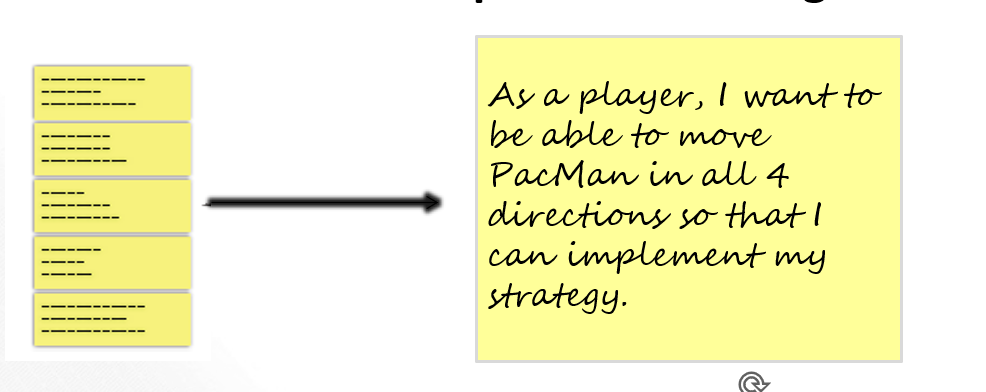 Together Bob and the guys at Namco® write user stories, all of which form the product backlog
Together Bob and the guys at Namco® write user stories, all of which form the product backlog

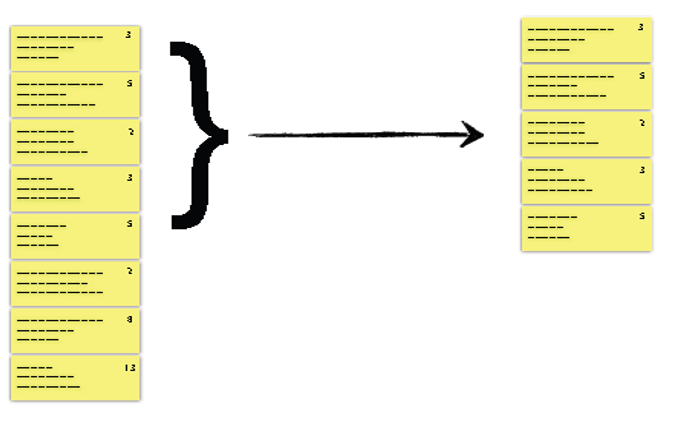

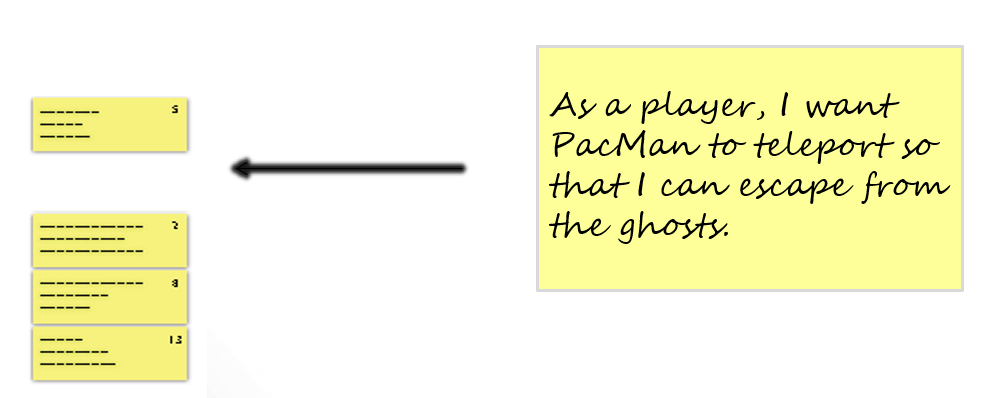


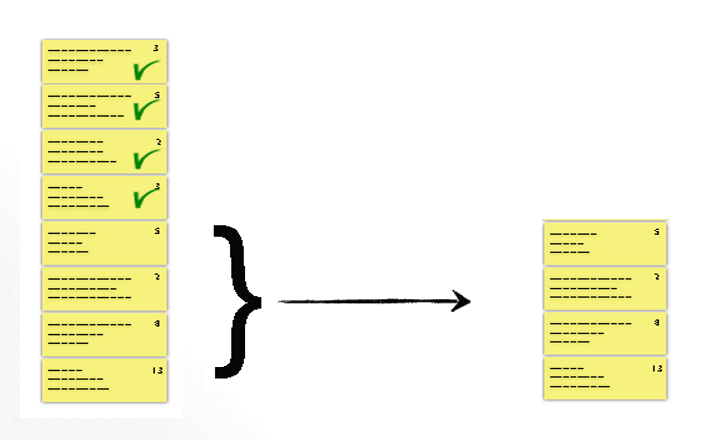

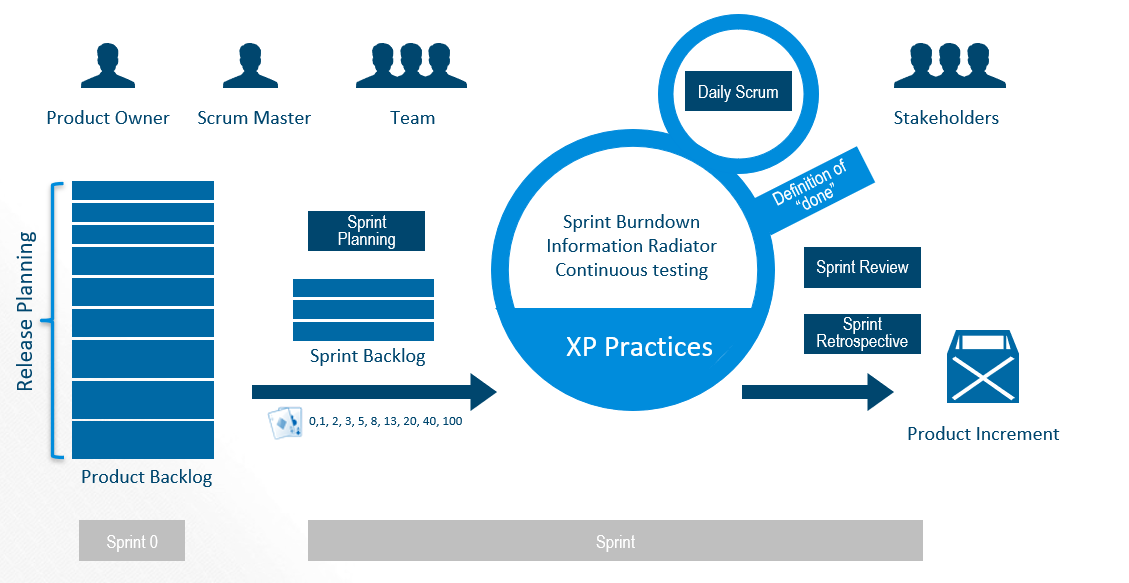
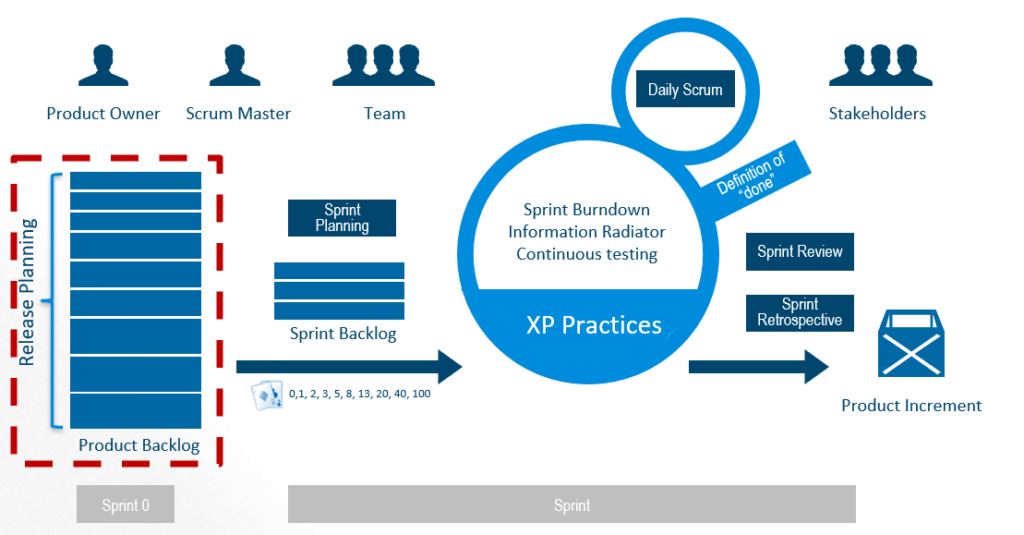
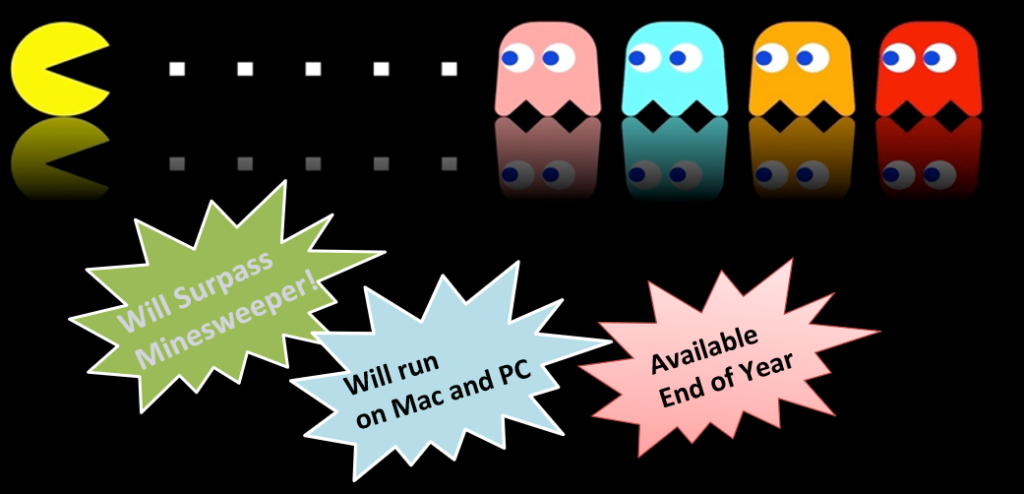
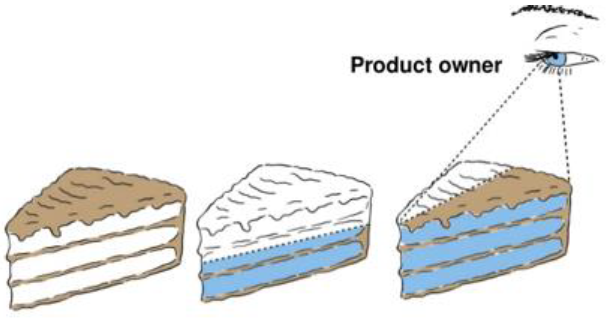 As a <role>
As a <role>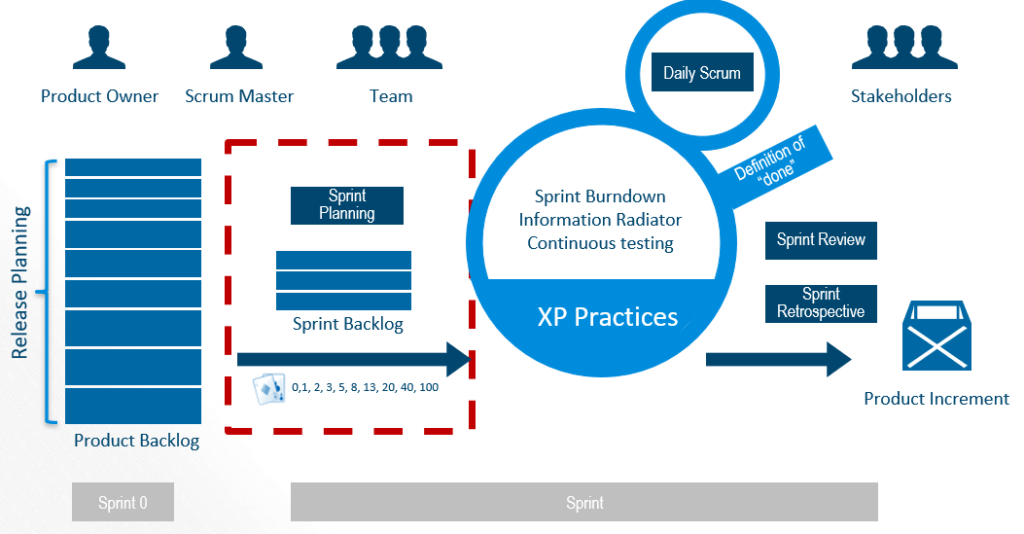

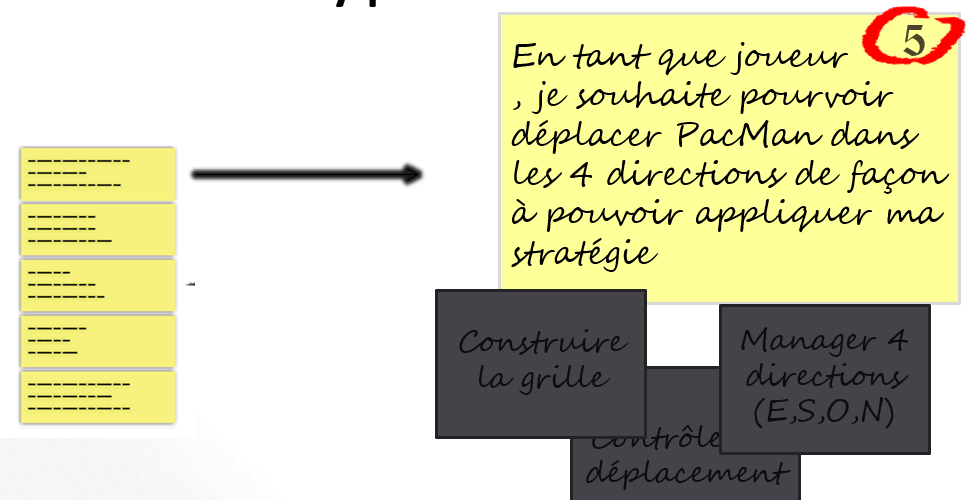
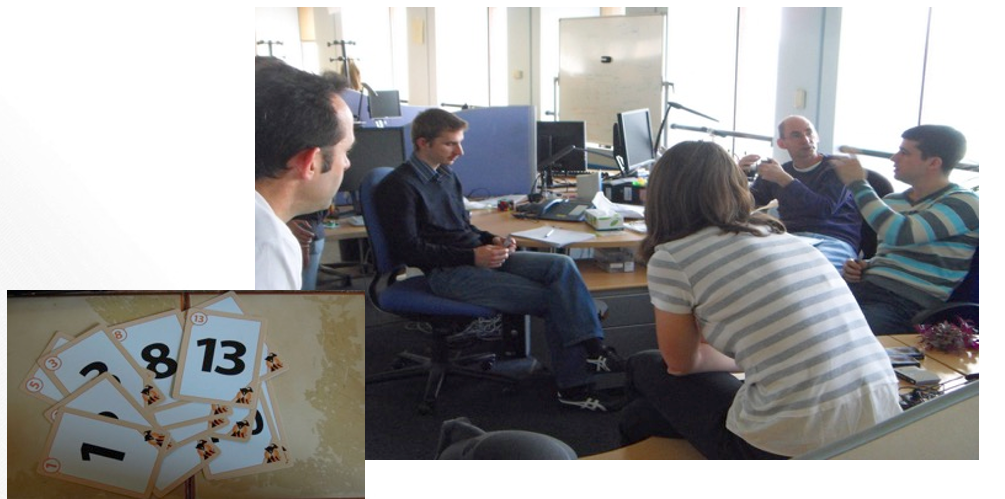


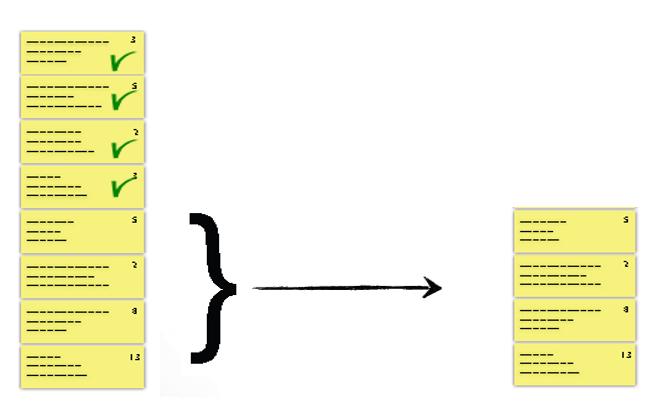
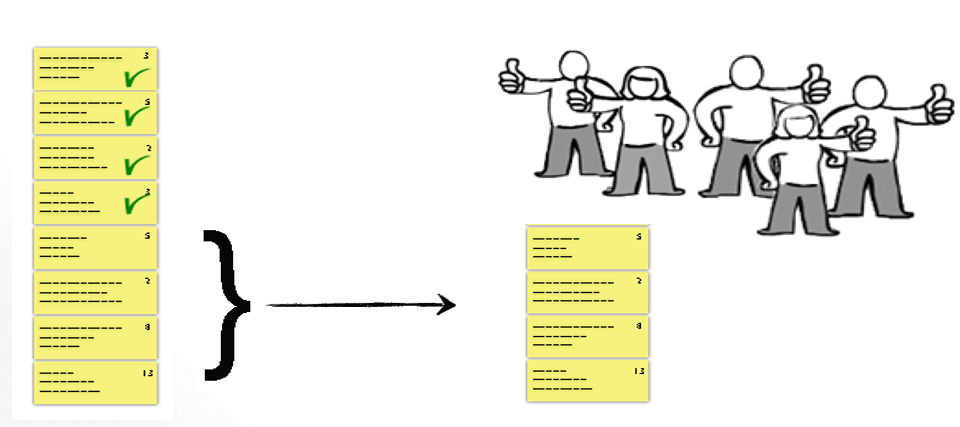
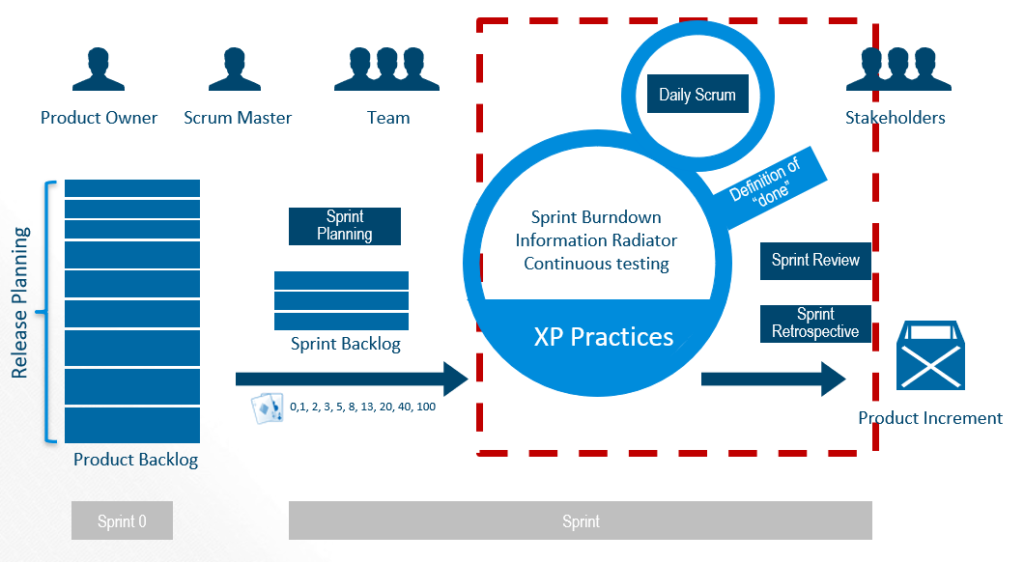

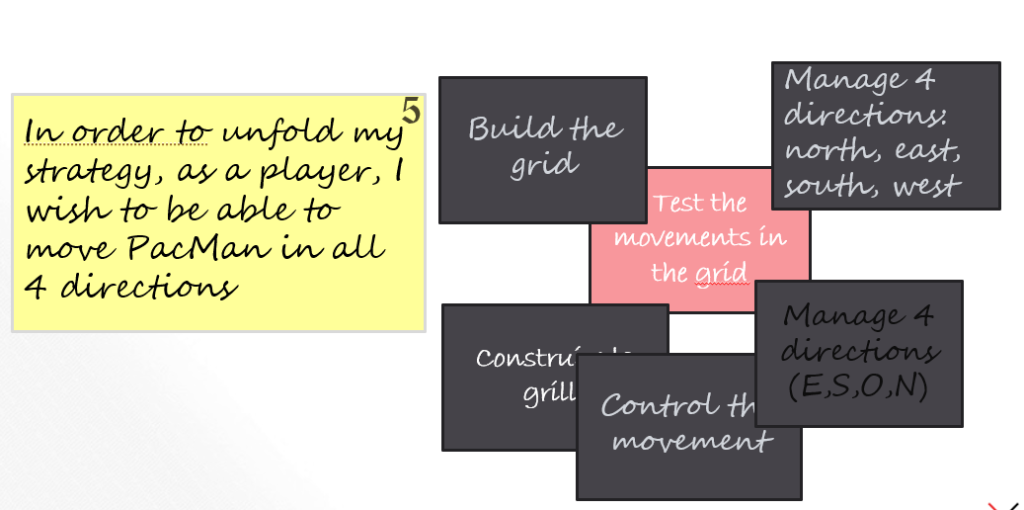
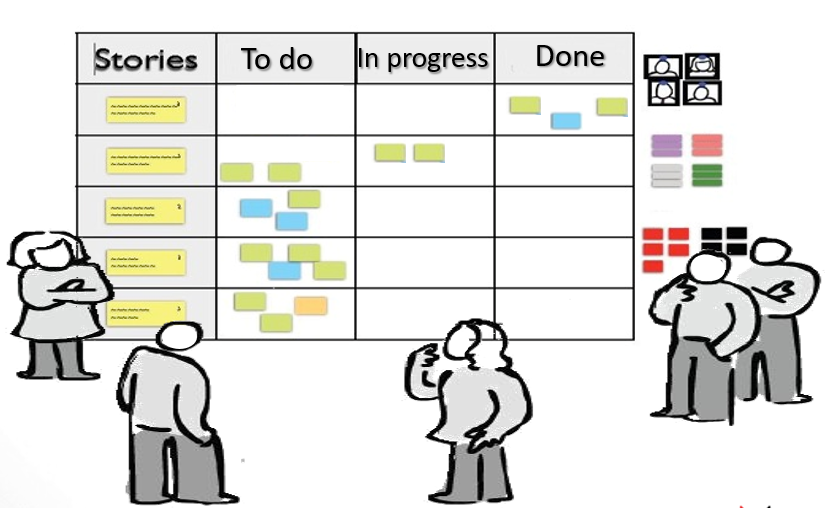
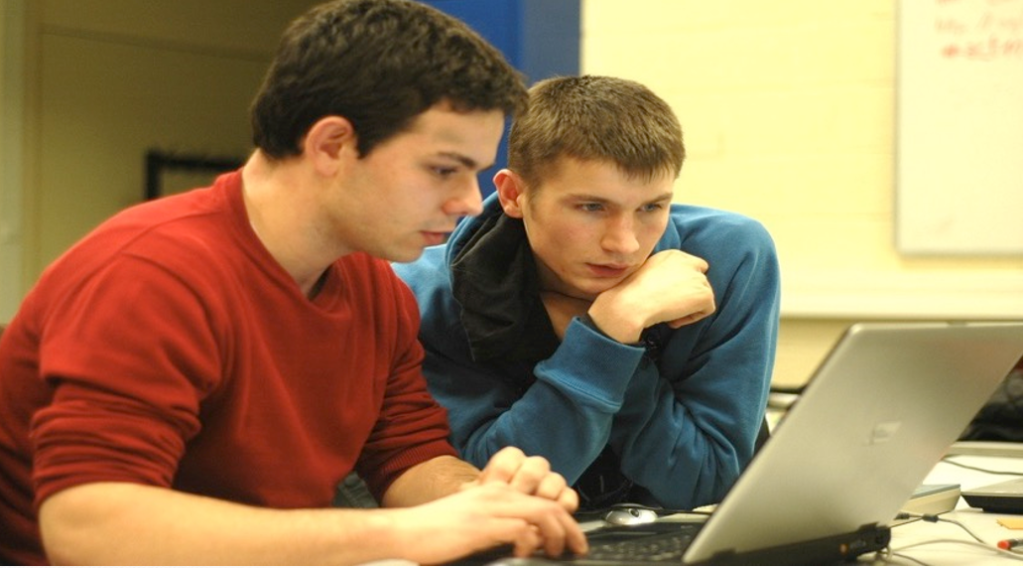
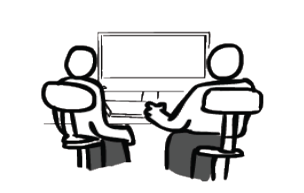
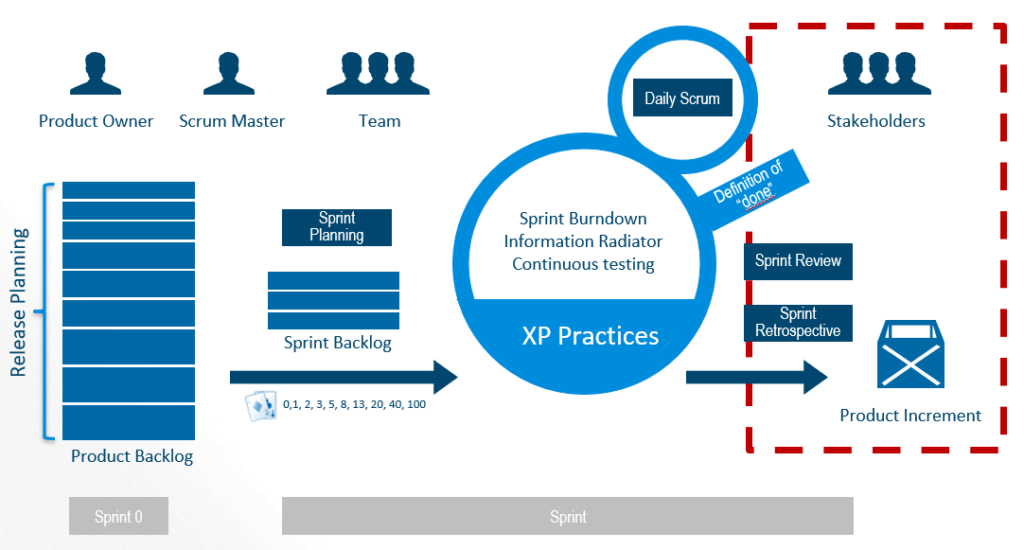
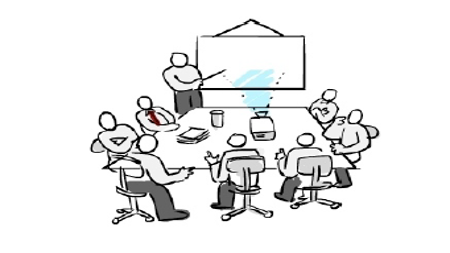
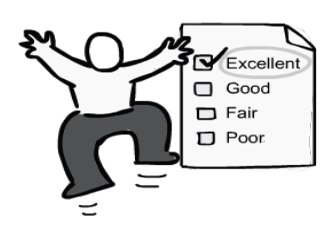
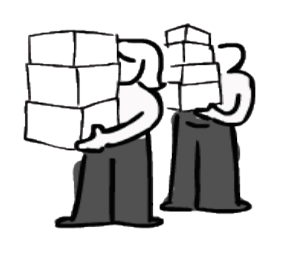
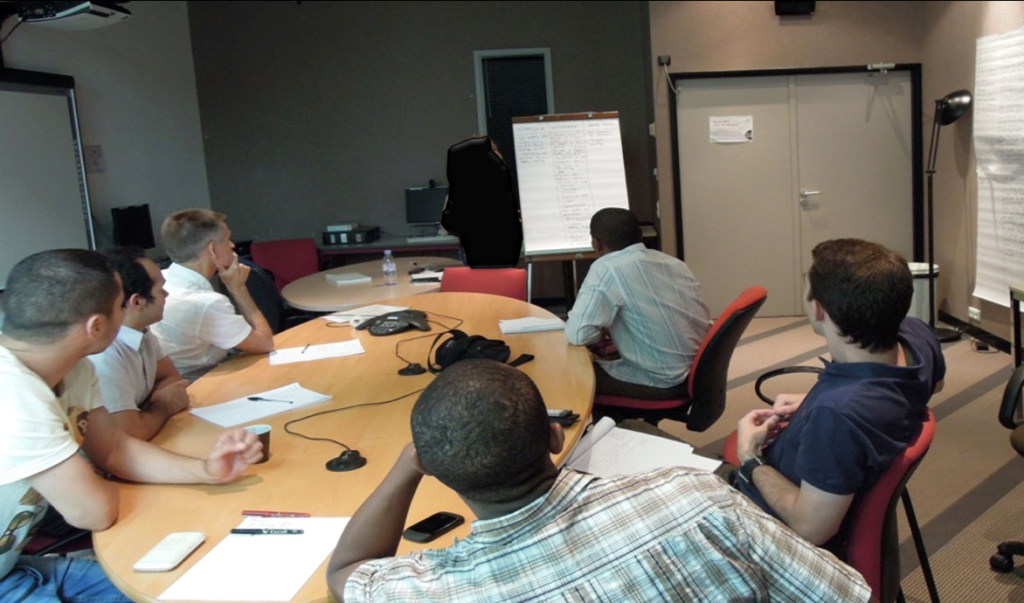

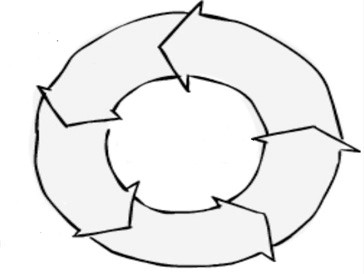
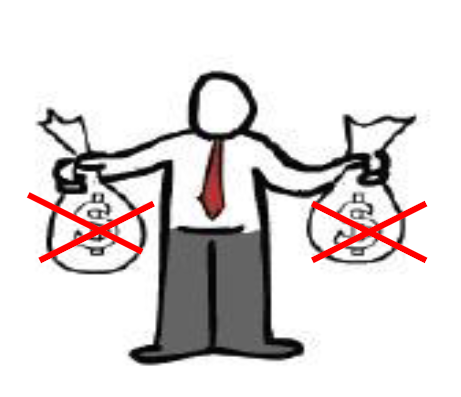


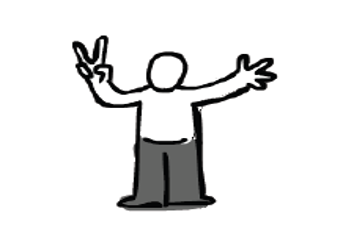
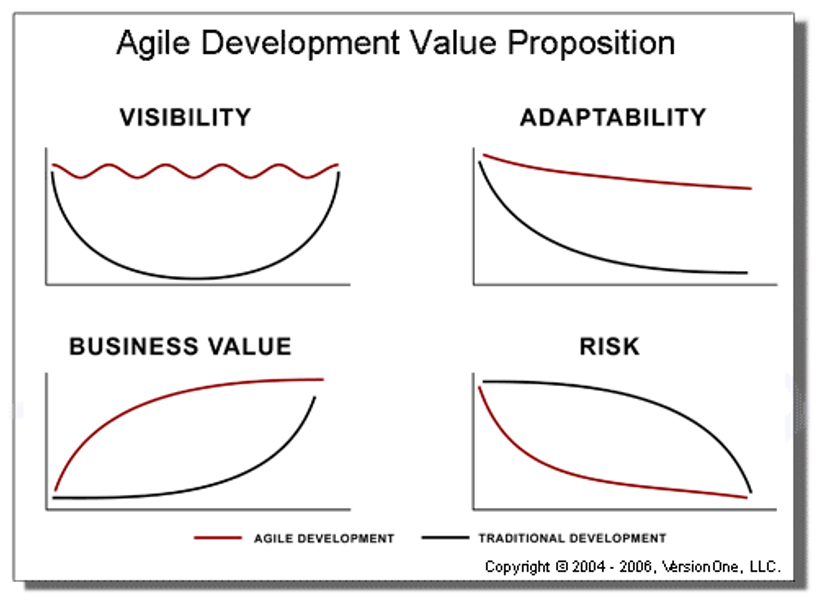
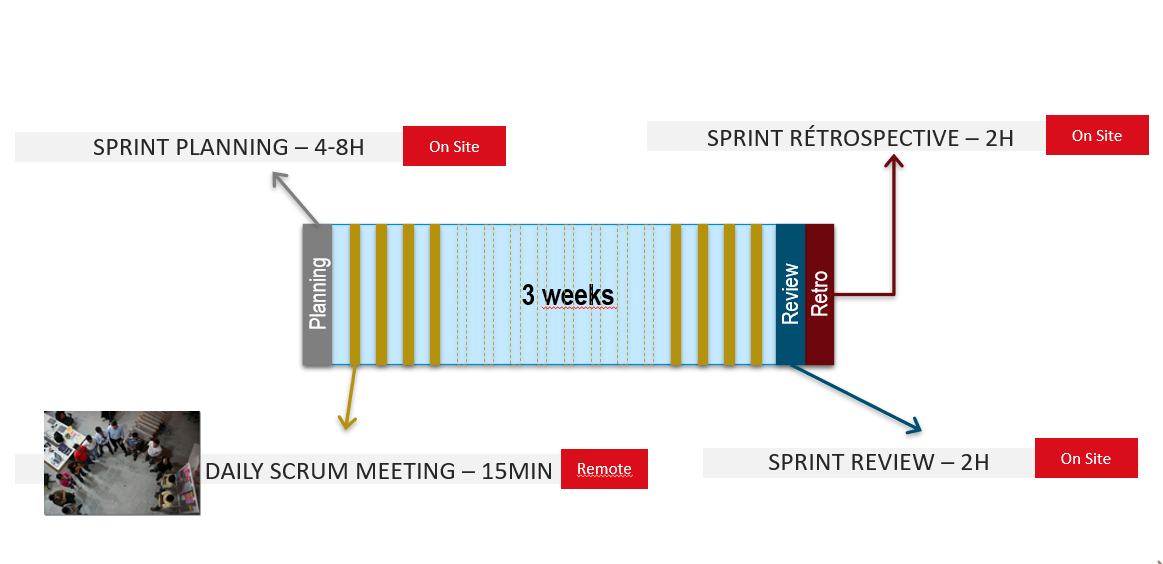
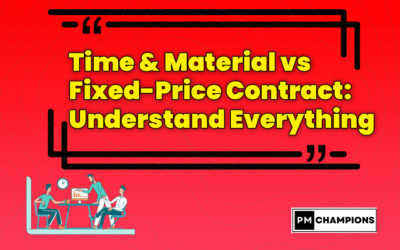
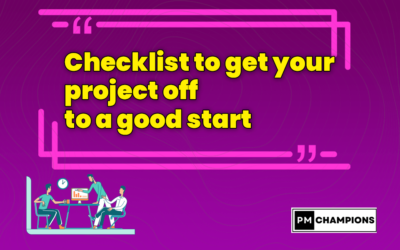
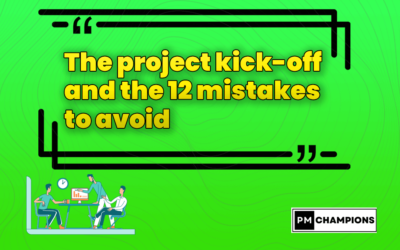


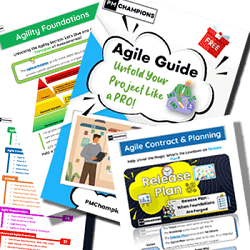
0 Comments